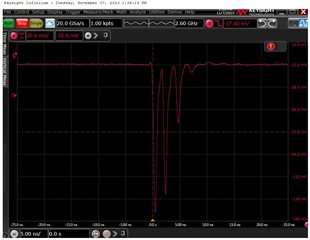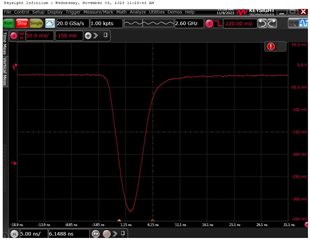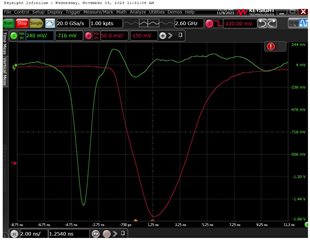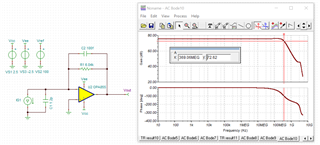Hello, I'm using OPA855 for TIA(transimpedance amplifier) with avalanche photodidoe.
However my TIA circuit has the spikes with laser signals.
(I'm using laser diode '905D1S09S', Laser components. And laser diode driver 'PCO-7114-22-2A')
How can i reject those of spikes.
Circuit diagram
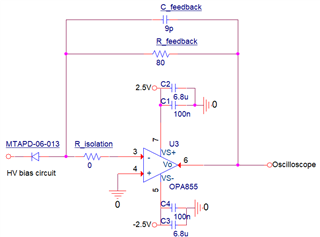
Spikes image (Oscilloscope with 50ohm mode)
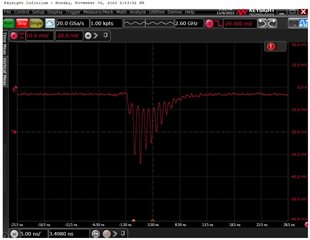
current monitor image of laser diode driver



